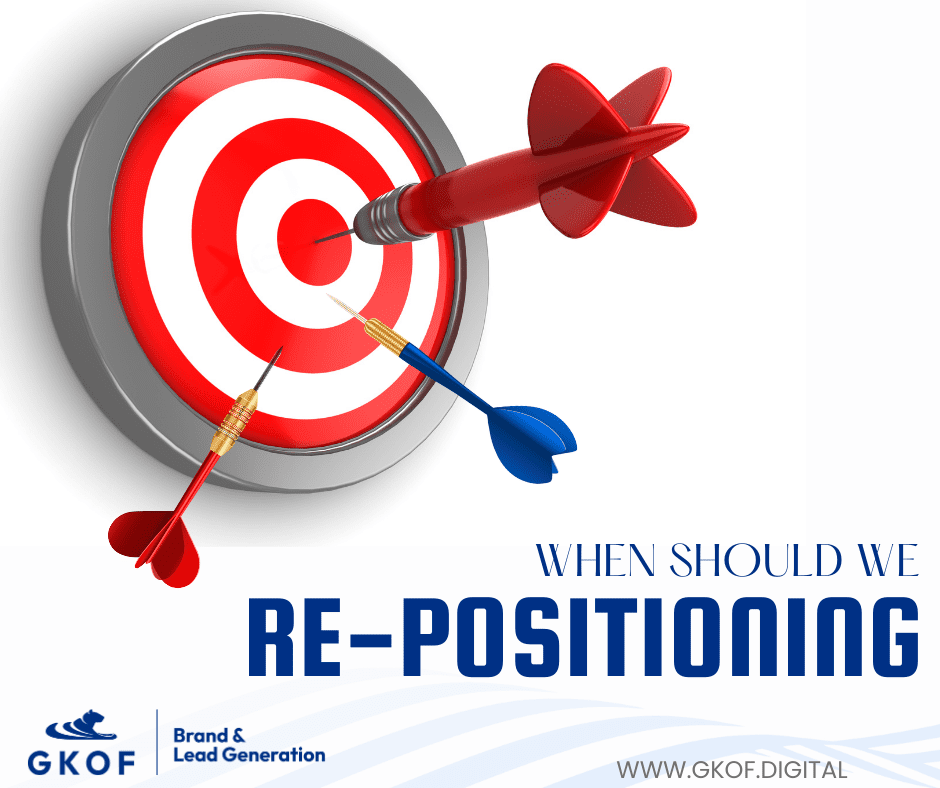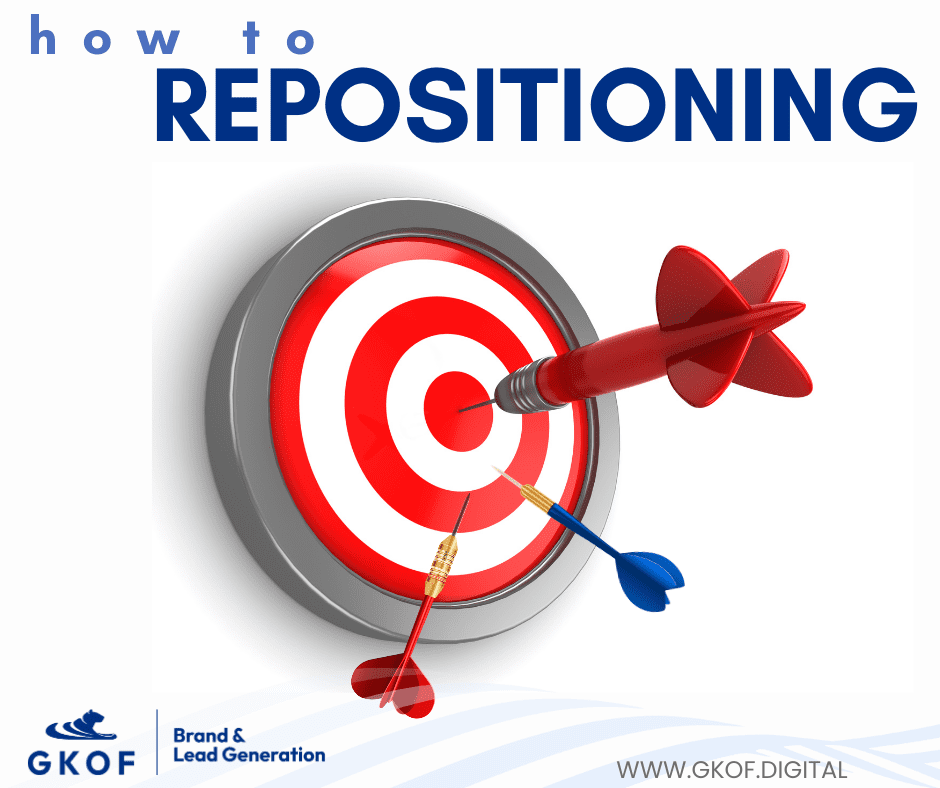One of the most common reasons to undertake brand repositioning is in response to changing market conditions. This includes shifts in consumer behaviour, emerging trends, and evolving market dynamics. When the brand’s current positioning no longer aligns with these changes, repositioning becomes a vital strategy to ensure that the brand remains relevant and able to meet the evolving needs and preferences of its target audience.
Here are some main reasons why businesses consider repositioning their brand
- Competitive pressure is a compelling reason for brand repositioning. The entry of new competitors or changes in the strategies of existing ones can pose a significant threat to a brand’s market share. To maintain a competitive edge, businesses often need to re-position their brand to differentiate themselves, clearly communicate their unique value, and win back their share of the market.
- The decline in sales or market share is an unmistakable signal that the current brand positioning may no longer be effective. Re-branding can revitalize the brand, attract new customers, and re-engage existing ones. It offers the opportunity to explore different market segments and diversify the customer base.
- Negative associations or reputation damage can be a compelling catalyst for repositioning. When a brand has faced negative publicity, customer backlash, or image tarnishment, repositioning can be a means of rebuilding trust and re-establishing a positive brand image. It allows the brand to shift the focus away from past issues and toward more favourable attributes.
- Re-branding following a merger or acquisition is another common scenario for brand repositioning. In such cases, multiple brands may need to be integrated or aligned to create a unified identity for the new entity. repositioning the brand reflects the combined values and vision of the merged companies.
- Internal changes within the business, such as new leadership, a shift in mission or values, or strategic realignment, can prompt brand repositioning. When a brand’s internal culture and objectives change, the brand identity may need to be adjusted to reflect these shifts and maintain alignment with the organization’s mission.
- repositioning is also valuable when a brand has an outdated or stale image: to remain relevant and appealing to modern consumers, a refreshed brand identity can be essential. It breathes new life into the brand, making it more contemporary and engaging.
- Besides, expanding the target audience, portfolio or entering new markets can also involve motivation for brand repositioning. Different demographics or regions may require different positioning to appeal to their unique needs and preferences. Re-branding helps ensure that the brand is in sync with the expectations of the new customer segments or markets it intends to serve. New offerings may require brand repositioning to communicate how they align with the brand’s core values and what customers can expect from them.
Regardless of the reason, a well-planned repositioning strategy is vital to creating a refreshed brand identity that resonates with the audience and effectively addresses the changing landscape.
Incorporating customer feedback, conducting market research, and analyzing data can provide valuable insights into changing customer preferences and unmet needs. Brand repositioning based on these insights enables a more customer-centric approach, helping the brand meet evolving expectations and staying ahead of competitors
In summary, brand repositioning is a strategic tool that businesses use in response to changing market dynamics, competitive pressures, internal shifts, and other factors. It enables a brand to adapt, differentiate, and better align with its target audience’s evolving needs and preferences, ultimately contributing to the brand’s continued success and relevance. However, it should be undertaken with careful planning and execution to ensure that the repositioning effort is effective and resonates with the intended audience.








